Hisense PL1 – The right screen
In the meantime there is a wealth of different screen manufacturers, cloths and therefore also considerable differences in quality and the actual gain. Today we would like to focus specifically on the Hisense PL1 and the picture quality it achieves with various screens from our range. Every year we test dozens of canvases for quality, flatness and finish and the best make it into our range as quality products. But which screen is best suited for the Hisense PL1 and for what purpose? As one of the most reliable, innovative and high-quality manufacturers, Elite Screens has made a name for itself over the years with its laser TV screens. That's why we're concentrating on three different models from Elite Screens in our comparison: two CLR and one Soft Fresnel screen. With all three models, you can't go wrong with the Hisense PL1 either. But which canvas and when should you rather use another cloth? We clarify and show the differences.
THE KEY DIFFERENCE
The canvas makes the picture
Choosing the right screen for a laser TV makes a decisive difference. Only the combination of the right screen and the corresponding laser TV gets the maximum out of the image performance. Feel free to use our live chat or telephone consultation so that we can support you.
ClassicSTAR
- Gain 0.8 with good black level
- Standard material coating
- Good viewing angle
- Repellent material absorbs up to 90% of overhead light
- 92x contrast improvement over standard matte white screens
- Perfect for beginners and price-conscious people
- Available in 100", 120", 110" and 130 inches
CLR BlackSTAR
- Gain 0.7 with very good black levels
- Best viewing angle
- Repellent material absorbs up to 95% of overhead light
- Contrast and residual light improvement compared to matt standard white screens
- Recommended for movie, series & gaming lovers
- Insider tip value for money
- Available in 84", 92", 100", 110", 120", 135" and 150"
SoftFresnel LUXURY
- High luminous efficacy & good black value thanks to 1.25 gain
- High-end frame screen with unique optically multi-layered SoftFresnel cloth
- Absorbs room and sunlight (180 degree light absorption)
- 90% more ambient light absorption than CLR
- Dramatically improves contrast
- Recommended for all uses - HIGHLIGHT
- Available in 100" & 120"
Situation 1 - Daylight without blackout
If the focus is more on seeing in daylight, there are currently two models from Elite Screens to consider: Elite Screens Blackfire CLR or Elite Screens Daylight Extreme. The latter can score with its special optical layer structure and reflects significantly more light. With a gain of .8, the Elite Screens Blackfire CLR screen reflects around 60% less brightness than the Daylight Extreme - the screen only blocks the light coming from above and not, like the Soft Fresnel (Daylight Extreme), also the light coming from the side . The result then looks like this in the same space:

As you can see, the Daylight Extreme increases the brightness again compared to the Blackfire CLR. With both variants, however, it is advisable to darken the room slightly with the Hisense PL1. This increases the image quality efficiently and significantly. As you can see, the Daylight Extreme increases the brightness again compared to the Blackfire CLR. With the Hisense PL1, however, it is advisable to slightly darken the room. This increases the image quality effectively and significantly.
Now let's do the same with our second situation. Same room, slightly darkened.
Situation 2 - Daytime with blackout

But what about in the evening or in heavily darkened rooms? In addition to the Daylight, the Starbright CLR from Elite Screens is used here. The Starbright CLR has a brightness reflection of 0,6 gain. It "swallows" the most brightness, but also achieves one of the best black values - and that also in combination with the Hisense PL1. But here, too, the Daylight Extreme shows its strengths with its multi-layer structure and the Black Black Layer, but see for yourself:
Situation 3 – Evening & Darkened Room

Above all, you can see that the Daylight Extreme offers no worse contrast than a CLR screen like the Blackfire CLR shown here, even when the room is darkened. This is ensured by the last layer of the canvas: the Black Black Layer. Therefore, the Daylight Extreme is currently the best all-round screen that achieves excellent results in both lighter and darker environments. The sticking point? The material is only available in this form as a frame screen and is also one of the most expensive laser TV screens on the market. But if you want the maximum, you will get it. The Starbright CLR screen from Elite Screens is particularly worthwhile for film and series fans who watch in darker surroundings anyway. The Elite Screens Blackfire complements the range with a little more brightness and offers a very good alternative for everyone for whom the Daylight Extreme is too expensive.






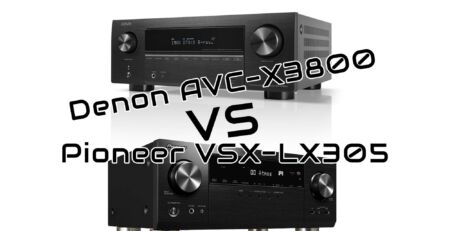
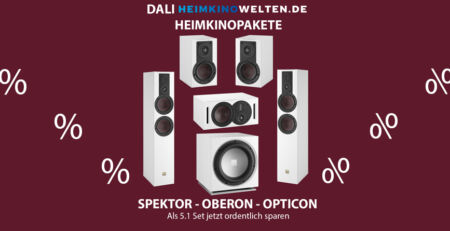
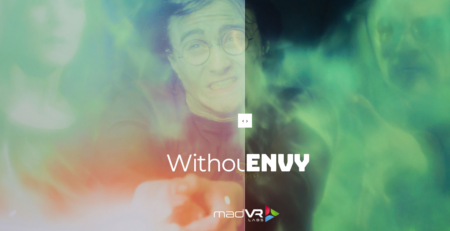
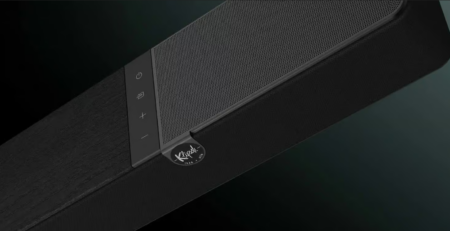

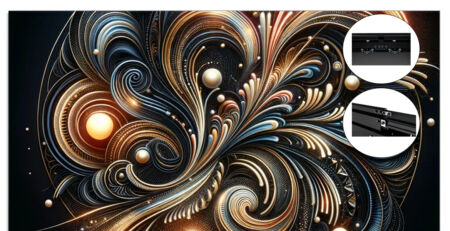
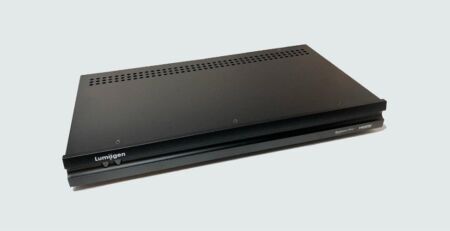
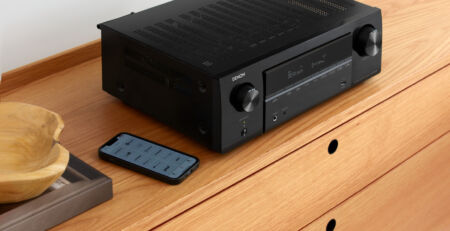

Post a Comment